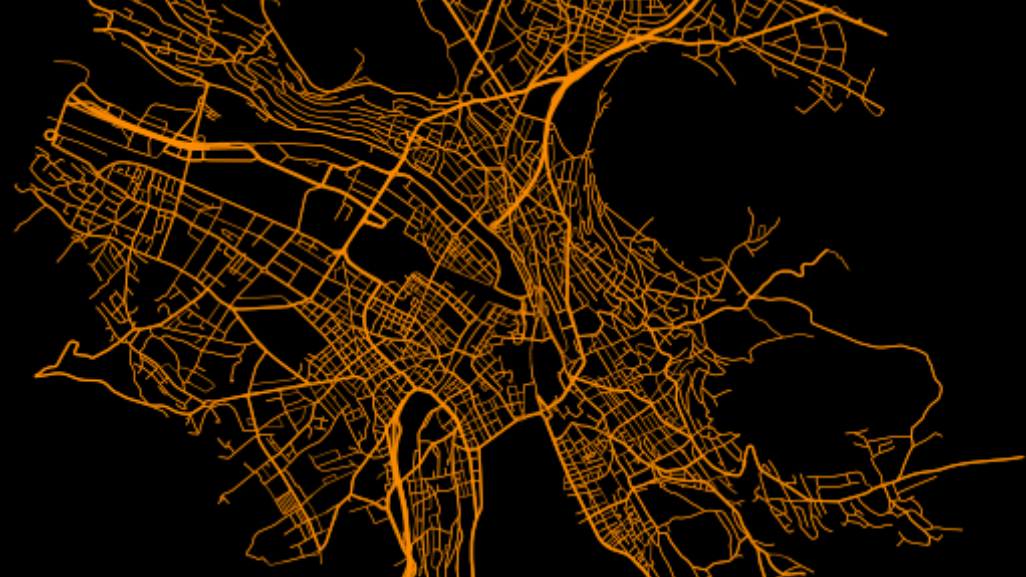🇫🇷 Paris
#2 Most Powerful City

Paris has long captivated the world’s imagination as a city of romance, art, and fashion. Yet beneath the charming boulevards and historic monuments lies a formidable economic and political force that helps shape global affairs. As the capital of France—a nation with one of the largest economies in Europe—Paris exerts significant clout on the world stage. Its cultural influence is also profound. From haute couture to Michelin-starred restaurants, the city sets standards that ripple through industries across the globe.
One reason for Paris’s enduring power stems from its role as a nexus of international organizations and multinational corporations. Major global institutions, such as UNESCO and the OECD, maintain headquarters in the city, further underscoring Paris’s standing as a diplomatic hub. Additionally, the Paris region—known as Île-de-France—is home to numerous Fortune Global 500 companies, reflecting its robust business environment. These corporate giants, combined with a thriving start-up scene, highlight the capital’s capacity for both tradition and innovation.
Paris’s power also extends into the cultural and intellectual domains. From the Enlightenment-era salons that shaped Western philosophy to the trendsetting design houses that dominate modern fashion, Parisians have consistently influenced global thought, style, and aesthetics. Millions of visitors flock annually to the Louvre, the Eiffel Tower, and the city’s iconic streetscapes, eager to experience first-hand the legendary “City of Light.” In short, Paris’s might lies not only in its economic heft but also in its capacity to inspire, create, and lead on the international stage.
Statistics
Numbers offer a clear lens through which to measure Paris’s global influence. Within the city’s administrative limits, Paris has a population of roughly 2.1 million people. However, this figure represents only part of the picture, since the metropolitan area—often referred to as the Greater Paris region or Île-de-France—encompasses more than 12 million residents. This concentration of people and resources accounts for roughly 30–35% of France’s total GDP, underscoring the region’s economic weight.
On an international scale, Paris ranks among Europe’s most significant economic engines. The Île-de-France region consistently places alongside London as one of Europe’s top two city economies, boasting a gross domestic product that can exceed (800 billion annually. This formidable economic output is supported by diverse sectors, including finance, tourism, technology, luxury goods, and automotive industries. In fact, many of the world’s most recognizable luxury brands—such as Louis Vuitton, Chanel, and Hermès—call Paris home, cementing its global reputation for high fashion and design.
Tourism likewise fuels the city’s prosperity. In a typical year, Paris welcomes around 40 million visitors, making it one of the world’s most visited cities. Tourists flock to see world-famous sites like the Louvre, the most visited museum on Earth with roughly 8 million annual visitors, and the Eiffel Tower, which attracts around 7 million guests each year. Beyond these landmarks, the city’s cafes, nightlife, and cultural scene contribute to a robust hospitality sector that supports hundreds of thousands of jobs. These metrics reveal a city that wields remarkable economic and cultural sway, grounded in both its global connections and its storied heritage.
History
Paris’s historical journey to becoming one of the world’s most influential cities can be traced through several key eras, each leaving its indelible mark on the cityscape and identity:
Ancient and Roman Origins
The city’s name is derived from the Parisii, a Celtic tribe who settled along the banks of the Seine around the 3rd century BCE. When the Romans arrived in the 1st century BCE, they established the settlement of Lutetia on the city’s Left Bank. Over time, Lutetia expanded with typical Roman amenities—amphitheaters, baths, and roads—laying the foundations for the Paris we know today.
Medieval Powerhouse
By the Early Middle Ages, Paris had become a significant political and religious center, hosting key institutions such as the Sorbonne (founded in 1257), one of Europe’s earliest universities. As the Kingdom of France grew more centralized, Paris emerged as its capital, symbolizing monarchical authority and cultural prestige. The Gothic architectural masterpieces that still grace the city, most notably Notre-Dame Cathedral (begun in 1163), reflect the grandeur of this medieval epoch.
The Age of Enlightenment and Revolution
From the 17th to the 18th century, Paris became a hotbed of intellectual discourse and innovation, fueling the Enlightenment movement. Philosophers like Voltaire and Rousseau debated new ideas in the city’s salons, influencing political thought worldwide. The city’s revolutionary fervor reached a climax in 1789, when the storming of the Bastille ignited the French Revolution—an event that would shape not only France but also the course of modern democratic governance.
19th-Century Transformations and Beyond
Under Napoleon III and urban planner Baron Haussmann, Paris underwent a dramatic modernization in the mid-1800s. Tree-lined boulevards, grand squares, and sweeping vistas replaced the medieval maze of narrow streets, giving Paris the layout so admired today. Into the 20th century, the city continued as a cultural and artistic mecca, home to global art movements such as Impressionism, Cubism, and Surrealism. This blend of political significance, cultural innovation, and architectural splendor cemented Paris’s status as a global powerhouse.
Outlook
As Paris moves further into the 21st century, the city finds itself at a crossroads of tradition and modernity, poised to navigate both opportunities and challenges. Its established reputation as a financial and cultural hub should continue to attract businesses and investment. A shift toward technology and innovation is evident in the emergence of “Station F”—one of the world’s largest start-up incubators—indicating that Paris is committed to cultivating a future-forward economy. The city is also positioning itself as a leader in environmental initiatives, particularly in the wake of the Paris Agreement on climate change signed in 2016. Public policies encouraging green spaces, electric public transport, and eco-friendly architecture showcase Paris’s determination to become a model of sustainable urban development.
However, the road ahead is not without hurdles. Like many major global cities, Paris grapples with issues of affordable housing, congestion, and social inequality. High real estate prices in central areas push lower-income residents to the outer suburbs, creating pockets of socioeconomic disparity. Tensions may also arise from the ongoing integration of diverse immigrant communities, which play a vital role in the city’s cultural fabric but often face economic and social challenges. Addressing these concerns will be critical if Paris is to maintain its social harmony and a strong middle class—both vital for continued growth and stability.
Climate change also poses significant risks. Flooding of the Seine, increasingly intense heat waves, and other extreme weather events could disrupt the city’s infrastructure and daily life. Yet Paris’s long history of reinvention suggests resilience: from medieval fortifications to Haussmann’s boulevards, Parisians have repeatedly transformed their urban environment in response to new realities. With forward-thinking leadership, robust economic foundations, and a deep cultural legacy, the city stands well-equipped to adapt and thrive in the coming decades.
In summary, the future of Paris is likely to be shaped by a delicate balance of preserving its world-renowned heritage while embracing innovation to remain a pivotal global capital. Whether the city flourishes or falters will depend largely on how effectively it confronts its most pressing issues—ranging from economic disparity and climate change to infrastructure renewal. Should Paris meet these challenges with the same dynamism it has displayed for centuries, it will almost certainly continue to rank among the most powerful and inspirational cities on Earth.





